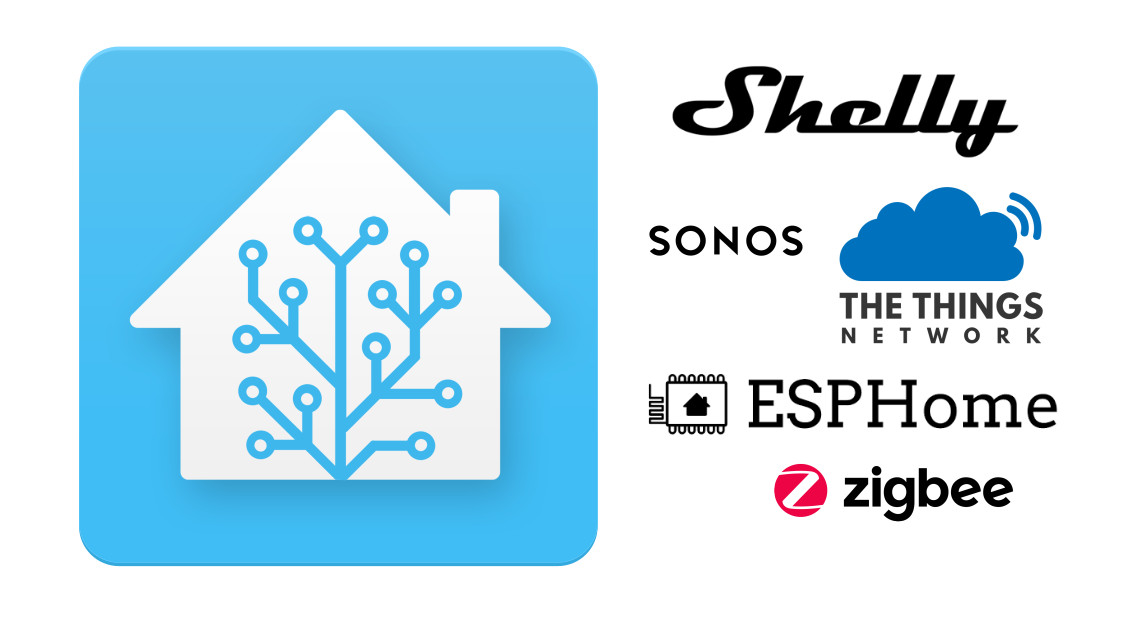My experience with Home Assistant
A letter from Swisscom arrived two years ago and created a problem for the management of the heating of the house in the mountains. Because they informed us of the termination in end of 2020 of the GSM or 2G (old generation telephony) service. The current modem in the control module installed 7 years ago is not compatible with 3G or higher and therefore needed to be replaced. But with what?
The Swiss module manufacturer has a new version of the control module in its catalog for the low price of 900 CHF. A bit much for a simple contact and a thermometer all managed with SMS.
In the IoT era, I said to myself, we can do better and maybe even more. At worst I’ll program something with Arduino if I can’t find anything. I set out to find alternatives for a one-to-one replacement for the existing solution, but nothing satisfied me. One day by chance I tried smart home management hubs. In this area there are many open source solutions, two in particular caught my attention: OpenHAB and Home Assistant. A world opened up to me here.
I tried to install both solutions to understand the advantages and disadvantages of one and the other. Pretty quickly I abandoned OpenHAB, because almost everything has to be done via a configuration file. Doing the first programming would not have been a problem, but if in the future I have to change something I have to study everything again.
Home Assistant is not the complete opposite solution, but many aspects are manageable from a graphical interface. However, the things that made me snap out of it were essentially two: the many (we’re talking about over 1700 at the moment) integrations ready and some add-ons (applications) ready to use in a single click. Of course not everything is pink and flowers and also in this case there are some grey notes. Again you have to write some lines of code in the configuration file. The aspect that leaves me a little bitter in the mouth is not being able to run the whole solution with Supervisor in Docker, this is a more technical aspect and related to how I organized my home system. Supervisor allows you to: install add-ons and create snapshots for backup. The only way to exploit these potentialities is to install Home Assistant with one of the images precompiled for some platforms, among the most known there is the Raspberry that however has problems due to the continuous reading/writing of the SD card (problem solvable with an SSD).
I decided to install Home Assistant on a Raspberry Pi 4, because the add-ons are really convenient. If one day I’ll find an alternative solution to have all these capabilities in docker I’ll follow it immediately.
But to avoid super digressions let’s go back to the initial problem, the heating of the house in the mountains. I started testing the solution in my house to understand a little bit its secrets and day after day I fell in love with this software. Creativity is often the only limitation, but in my case it’s the WAF factor the biggest limitation.
What I manage in Home Assistant now:
- various environmental sensors (temperature, humidity,…)
- managing the TV without the IR remote control
- control the light in our baby’s room
- allowing the baby to control the Sonos speakers without the phone
- and of course the heating of the house in the mountains
Thanks to Home Assistant and some network knowledge I can control the house in the mountains as if it were just a room in my house (site to site VPN). So I only have one instance of HA and it is always close to me in case of need. The mountain house is connected to a wifi router with a SIM card (I opted for a Digital Republic card), the whole thing then is connected with a VPN to my home router. So the two houses are on the same network and management is a bit easier.
Before starting this adventure I was very skeptical (and still am) about smart homes. In particular about the management of homes through the internet and its problems related to the lack of internet or services of various providers. Moreover, what happens to the various data? With Home Assistant everything stays within your home. If something doesn’t work, it means you did something wrong.
Hardware managed with Home Assistant
Currently in my home I manage I have configured HA to communicate the following hardware:
- Sonos speakers
- Xiaomi BLE sensors
- Xiaomi Zigbee sensors
- LoraWAN (The Things Network) sensors
- Shelly smart relay
- light bulb and remote control IKEA
- TAPO Tp-Link camera
- Broadlink virtual remote control
- Unifi network
- ESP32 microcontroller with my own program
Conclusion
I have to say that I’m happy with this experience with Home Assistant and what I managed to create. It’s not always easy, however it allows you to connect everything with everything. If you are locked at home and want to automate something at home, give it a try! I’m going to try to write some more in-depth reviews on some of the customizations I implemented.
